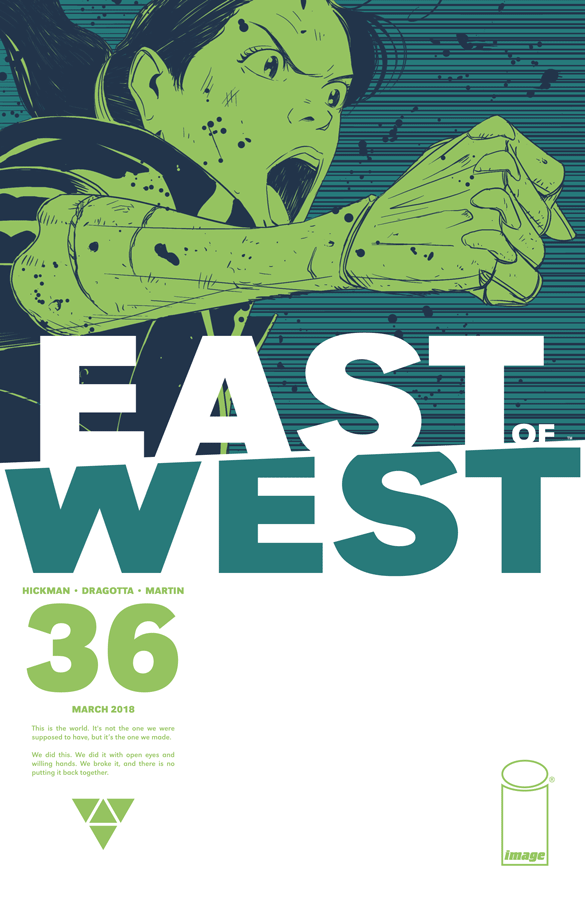Exit Stage Left: The Snagglepuss Chronicles #2
The intent behind DC’s Hanna-Barbera books is to repurpose the animated icons in new, mature settings without stripping away the essence of their characters. One of the most intriguing approaches to this concept has been the character Snagglepuss, who writer Mark Russell and artist Mike Feehan have taken from his flamboyant vaudeville and Broadway-inspired beginnings to create a sophisticated drama about the homosexual lifestyle in New York circa 1953. In Issue #2 of his series, titled Exit Stage Left: The Snagglepuss Chronicles, Russell and Feehan show the varied struggles of the titular pink mountain lion’s world, while the added scrutiny of new political pressures relating to his identity begins to mount.
The main plot of issue #2 centers around a couple of days in the life of playwright Snagglepuss. Over the course of this issue, S.P. oversees the day-to-day operations of his play, volunteers at an elderly care facility, helps fellow writer Huckleberry Hound get accustomed to big city life, and, most importantly, fends off increasing harassment from the House Committee on Un-American Activities for his subversive writing. Though S.P. tries to keep to himself focusing on his personal and professional life, the continued intervention of the HUAC forces him to draw a political line in the sand, a decision that will no doubt cause huge repercussions indicated by a haunting warning given to him by playwright Lillian Hellman and a revelation on the final page of the comic.
In his original cartoon, Snagglepuss’ demeanor was a play on vaudeville and theater performers who were either secretly gay or influenced by gay creatives. With this re-imagining of the world, Russell has put a spin on those portrayals of “nancy boy” character types to thoughtfully honor and portray the actual LGBT persons who suffered in silence for their identities. The world S.P. and Huckleberry Hound live is cruel in its realism, with the only deviation from reality being some of its inhabitants are talking bipedal animals who are far more accepted than the non-heteronormative lifestyle the comics' protagonist lives. Though some might scoff at Russell trying to tell such a story, given his protagonist is a brightly hued feline, but those same detractors miss the point, as his script is still full of the artistry and sophistication that would come with any other historical drama.
Russell does an extraordinary job making this compelling script. In addition to the genuine emotion behind the situations of the characters, Russell excels at displaying their grounded characterization. S.P. speaks with such a witty sophistication that his sensitivity, vulnerability, charm, intelligence, and strength are always well suited for whatever engaging scene he is the subject of. The flow of the book is seamless, making for a read that feels quick but is still substantial. There is also great effort to make it feel authentic as a historical drama, with dialogue that seems contemporary to the era and cameos from writing legends like Lillian Hellman and Dorothy Parker. The use of such appearances could come off as tacky, but work for the book thanks to Russell’s dialogue and sparing use of them.
Mike Feehan’s art also helps create a visual atmosphere fitting for any historical drama. Feehan utilizes a realistic art style that gives the book a big cinematic look, with some of his scenes even framed like they were filmed with a wide angle lens. His character designs for the human characters can be a bit iffy at some spots, with some of the minor characters looking similar to others and not standing out, but the real victory of Feehan’s art is the surreal designs of the animal cast and the mastery of drawing S.P. himself. The body language of two scenes in particular, a reaction shot of S.P. and a shot of only his hands clenching a note, are incredibly well done and say so much about the character visually. Assisting Feehan’s art is Paul Mounts on colors, who uses an earthy muddled color scheme for the world to contrast the bright and vibrant wardrobe adorned by S.P. and his artist friends. Muted browns, greys, and burgundies blend into a somber background broken up by the eye-catching yellows and blues of Snagglepuss’ wardrobe. Mounts does have a few hiccups, such as his inconsistent coloring of Huck’s snout--sometimes being blue like his fur, a dark blue, or a more pasty color--but these can be considered nitpicks and are few and far between.
There is also a backup story featuring a brand new character called Sasquatch Detective. It is a much lighter story by Brandee Stilwell and Gus Vazquez. As the name implies, Sasquatch Detective centers around Los Angeles’ first sasquatch police officer named Tonya Lightfoot, who gets into a variety of adventures with her partner Ron. Sasquatch Detective is much lighter compared to the proper Snagglepuss story. Though this could cause thematic whiplash, it is easy enough to ignore for uninterested readers, but probably has something to offer for most of the audience interested in the book, considering how similar it is to classic Hanna-Barbera stories.
Exit Stage Left: The Snagglepuss Chronicles has been the subject of curiosity and interest since the book was announced last year, partly due to the topic of the book, but also because Russell has made a name for himself re-inventing other older properties like The Flinstones and Prez. Here with Exit Stage Left: The Snagglepuss Chronicles #2, Russell shows why his reputation is warranted, creating a compelling character piece about life, love, loneliness, the nature of artists, and fighting for one’s identity against social and political pressures.
A










